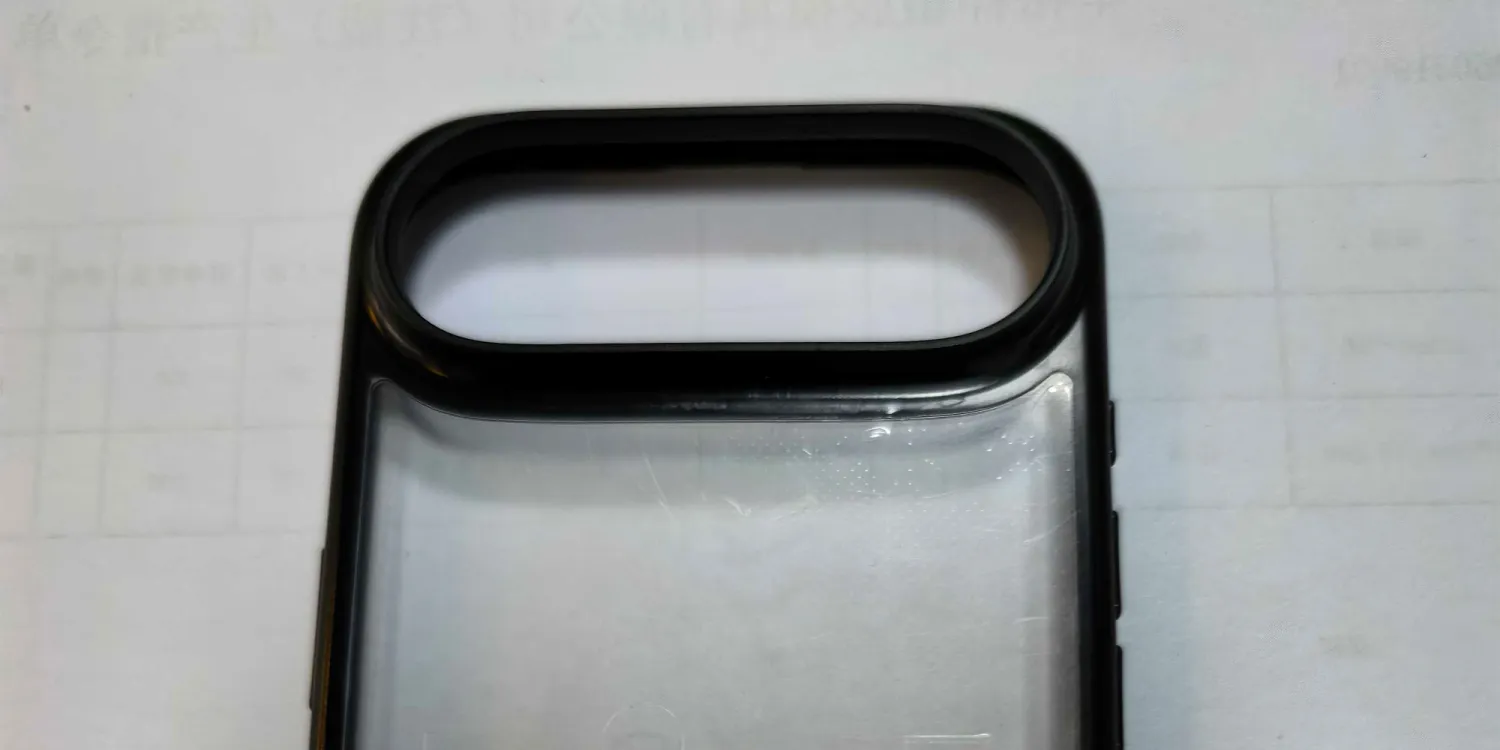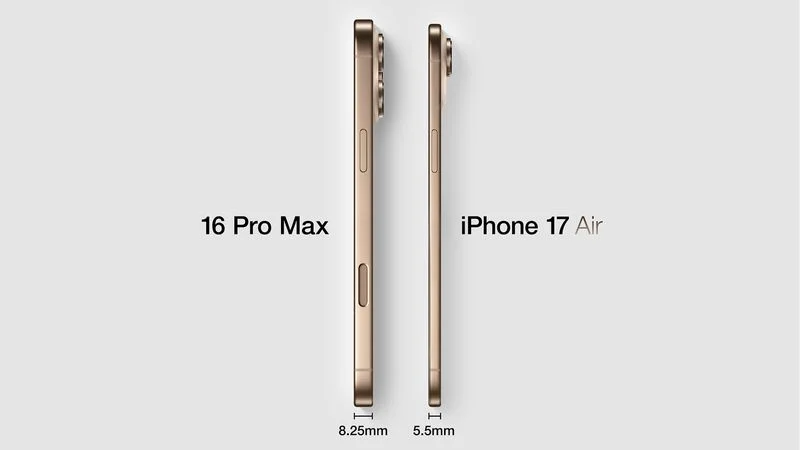Exciting news for Apple fans! A first look at a case made for the upcoming iPhone 17 Air has just popped up online. This sneak peek gives us a clue about what the new phone might look like, and it’s got people talking. The case shows off a big cutout for the camera on the back. Unlike older iPhone designs where the cameras sat in a small corner square, this one has a long, wide bar stretching across the top.
It seems Apple might be planning something fresh for the iPhone 17 Air’s camera setup—maybe bigger lenses or a new way to arrange them. Fans are already guessing what cool photo tricks this could bring. The iPhone 17 Air is expected to be super slim, and this case matches that idea. It looks thin and sleek, hinting that Apple wants to make this phone light and easy to hold. Some say it could be the thinnest iPhone ever, which would be a big deal for people who love stylish gadgets.
There’s also a spot in the case for a side button, likely the power switch or something new Apple might add. The design feels simple yet modern, keeping that smooth Apple vibe everyone knows. While we don’t have the phone yet, this case gives us a fun tease of what’s coming.
Apple hasn’t spilled any official details about the iPhone 17 Air, so for now, it’s all guesses based on this case. People online are buzzing with ideas—some think the big camera bar means better zoom or video skills, while others just love the fresh look. Whatever it turns out to be, this early glimpse has tech lovers excited.
We’ll have to wait until Apple shares more, probably later in 2025, to know the real story. Until then, this case is a little hint that’s keeping the hype alive. What do you think of this new design? Let the countdown to the iPhone 17 Air begin!






